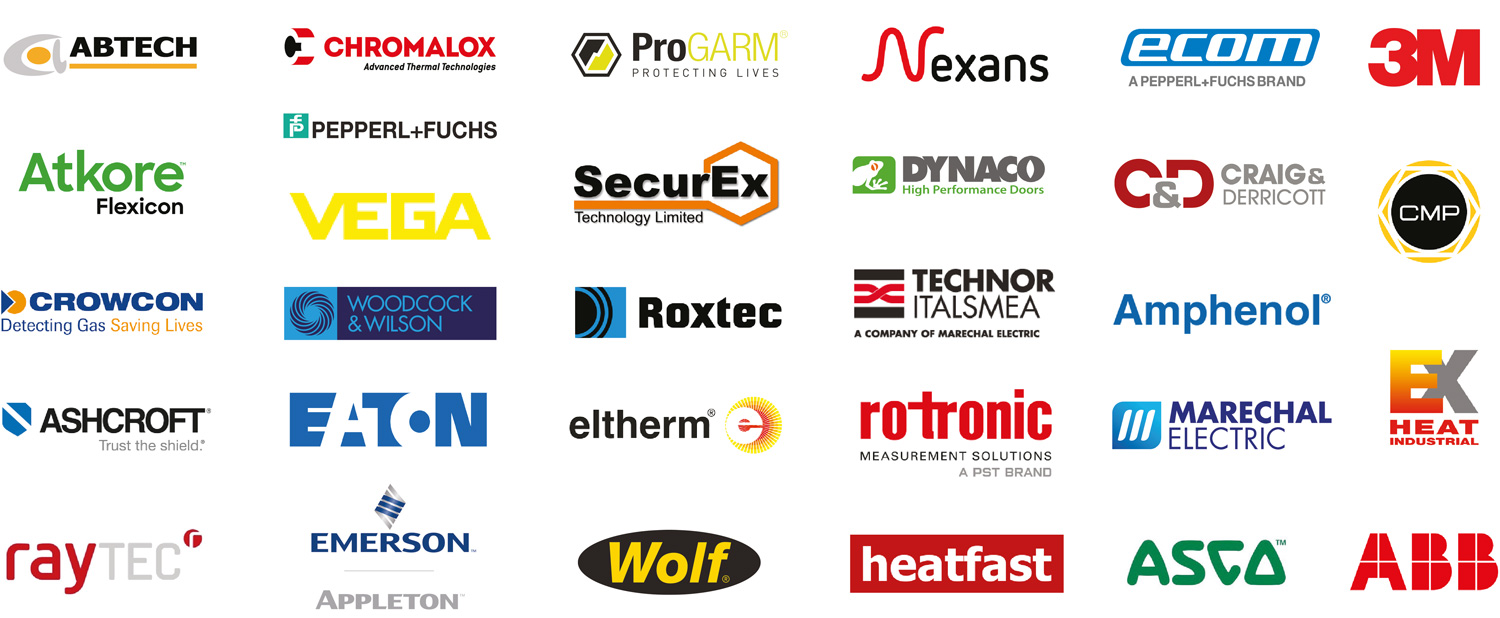What does “Earthing of a truck” mean, and why should it be done with an Earthing Control System?
Published 21 May 2024
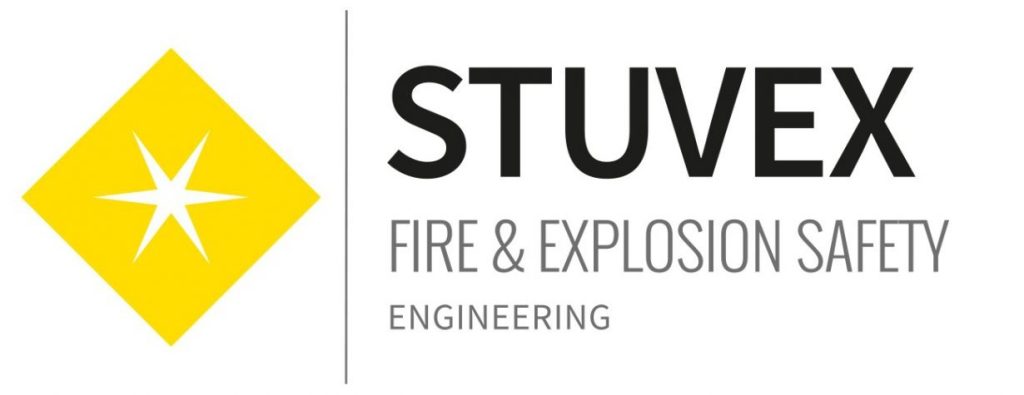
StuvEx are an international manufacturer of a complete range of Static Earthing, Grounding & Bonding Solutions with ATEX & IECEx Certification for use in hazardous areas; this includes static bonding, grounding and earthing clamps, cables and reels for the safe control of electrostatic hazards and risks in Zone 1 / Zone 2 (Flammable Gas) and Zone 21 / Zone 22 (Combustible Dust) locations.
Thorne & Derrick visited StuvEx this week to get involved in technical product training in Belgium.
Truck Earthing
Introduction
Anyone who drives a car is familiar with the phenomenon of an electric shock when touching the metal of the car when getting in. Or the crackling sound when taking off a fleece sweater.
These phenomena are called “electrostatic discharges”. These are clearly felt and audible and at first sight, seem harmless. But are they always?
What is a electrostatic discharge?
A discharge can only occur after an object or surface has been charged. This (triboelectric) charging can only take place in the event of intensive contact between two substances.
A discharge of a few joules is a big blow and can be dangerous for people. Think of the operator, who is often the first to come into contact with a tanker. Earthing can therefore be seen as personal protection.
Electrostatics in a Nutshell
Electrons on the contact surface always have a preference for one of the two substances. If one of them is poorly conductive, it is possible to fix this difference in charge, originating from the transfer of electrons between the two substances when in contact.
Due to the presence of the poorly conductive material, the electrons cannot quickly return to their original location. After separating the substances sufficiently quickly, two charged “objects” remain.
During the loading or unloading of a tanker with poorly conductive liquids or powders, the same phenomenon takes place. The product particles come into contact with the wall of the transport pipe and come loose again. The contact with the wall thus creates the static charge. Electrons are exchanged but cannot be returned.
The tanker is therefore filled with charged particles, as it were, and it will therefore also charge itself. Also, by driving, the truck can be charged by the contact of the rubber with the road surface and thus arrive charged at the loading or unloading point.
A charged and conductive object can thus give rise to an electrostatic discharge, or spark discharge. The larger the object, the greater its capacity and the more charge it can hold. A truck discharge can have an energy content ranging from 100 ml to a few joules. The ignition energy of flammable liquids and powders is the MIE of some common products:
| PRODUCT | MIE (mJ) |
| H2 | 0.019 |
| OAT FLOUR | 10 – 100 |
| MILK POWDER | 30 |
| SUGAR – DUST | 5 – 10 |
| METHANOL | 0.14 |
What does earthing mean?
Earthing an object simply means establishing a conductive connection between a possible charge carrier and the earth.
The connection will ensure that any charge flows directly to the earth. This prevents the charging of an object, so that any discharges will not occur.
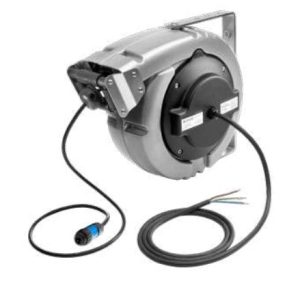 |
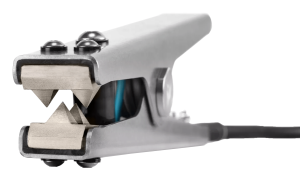 |
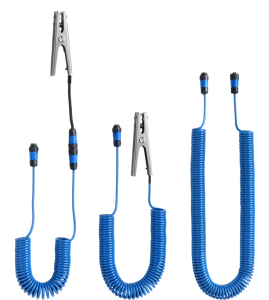 |
| ATEX Cable Reel – StuvEx Safe-Ground CR165 | ATEX Stainless Steel Earthing Clamp – StuvEx Safe-Ground CMS1 | ATEX Spiral Earthing & Grounding Cables – StuvEx Safe-Ground SP1 |
Where is the danger if there is no Truck earthing?
When the operator approaches the tanker truck with a flexible hose, a possible discharge may also occur there. Hoses and flexibles are often dedicated, i.e., product-specific, and are therefore not always cleaned. The risk of an explosive atmosphere due to remnants of flammable liquid in these hoses is certainly realistic.
In the best-case scenario, this will lead to a flame from the flexible or hose; in the worst-case scenario, it is already connected to the installation, and the explosion may propagate to the installation.
During the top filling of a bulk truck, an explosive dust-air mixture is to be expected in the bulk truck. The filling arm is often hung loose in the manhole or covered with a non-conductive plastic cover to limit dust emissions.
When the truck reaches a certain level of charging, it can discharge to, for example, the metal of the filling arm, where the explosive dust-air mixture is present, resulting in an explosion. Explosive dust-air mixtures will also occur at various times during pneumatic unloading.
In short, when working with explosion-sensitive products, an explosive atmosphere cannot always be ruled out with sufficient certainty during loading and unloading, as the above examples demonstrate.
The exclusion of ignition sources is therefore an important preventive measure. Earthing the tanker is considered good practice and should therefore always be done when working with products that pose a gas or dust explosion hazard.
Truck Earthing clamp or earthing control system?
In the case of a mobile installation such as a tanker, bulk truck, or railcar, no permanent earthing can be used; before loading or unloading, the installation must first be earthed via an earthing clamp. However, such earthing is prone to errors, is therefore easily forgotten and can be applied incorrectly.
In the first place, think of attaching it to the wheel clamp or a non-conductive part of the tanker. But also, if the tanker has just been repainted, and paint has been used a bit too lavishly on the earthing point, the earth connection will not have been established. In the event of a wire break in the earthing line, this will often go unnoticed for a long time.
An earthing control system permanently monitors the correct earth connection, is easy to use, and excludes human error during installation. In addition, it also has a release signal to which certain interlocks can be linked, such as the possibility to start the product pump.

ISMA | Explosion Safety Consultancy
ISMA specialises in explosion safety, mainly of gas and dust, and static electricity and are the consultancy arm of StuvEx who designs, implements and engineers industrial fire and explosion protection systems.
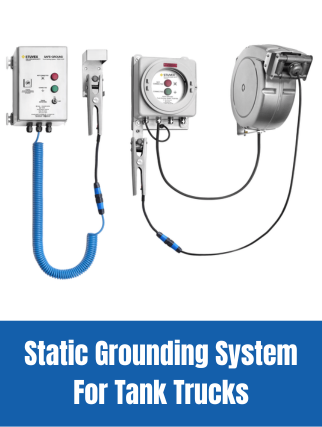 |
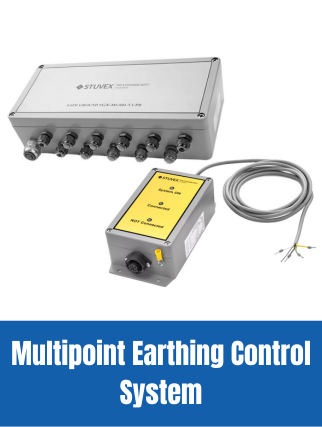 |
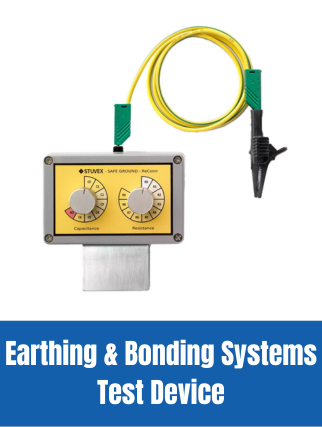 |
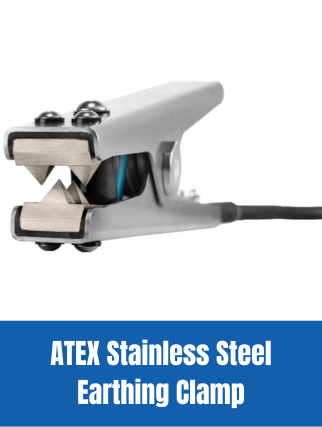 |
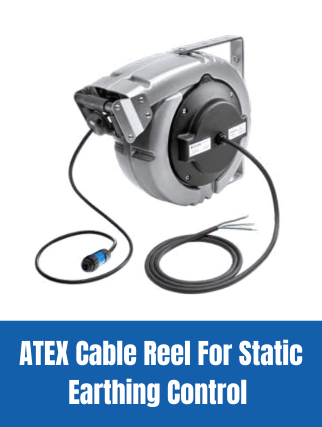 |
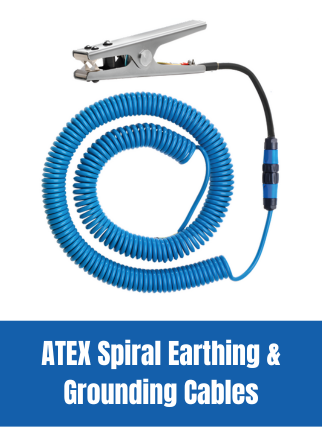 |

EXPERTS IN EQUIPMENT FOR EXPLOSIVE ATMOSPHERES
LEADERS IN ATEX INNOVATION TO THE HAZARDOUS AREA INDUSTRIES
Specialist Distributors of Electrical Heating, Lighting, Power & Process Instrumentation Equipment with ATEX IECEx Certification and DSEAR Regulatory Compliance to deliver significant safety and reliability improvements in the Industrial, Explosive Atmosphere & Energy sectors. Based in the UK, we are highly customer responsive and absolutely committed to providing a world-class service.
Since 1985, we have provided expert technical support and express delivery from extensive UK stocks to world-wide destinations.


